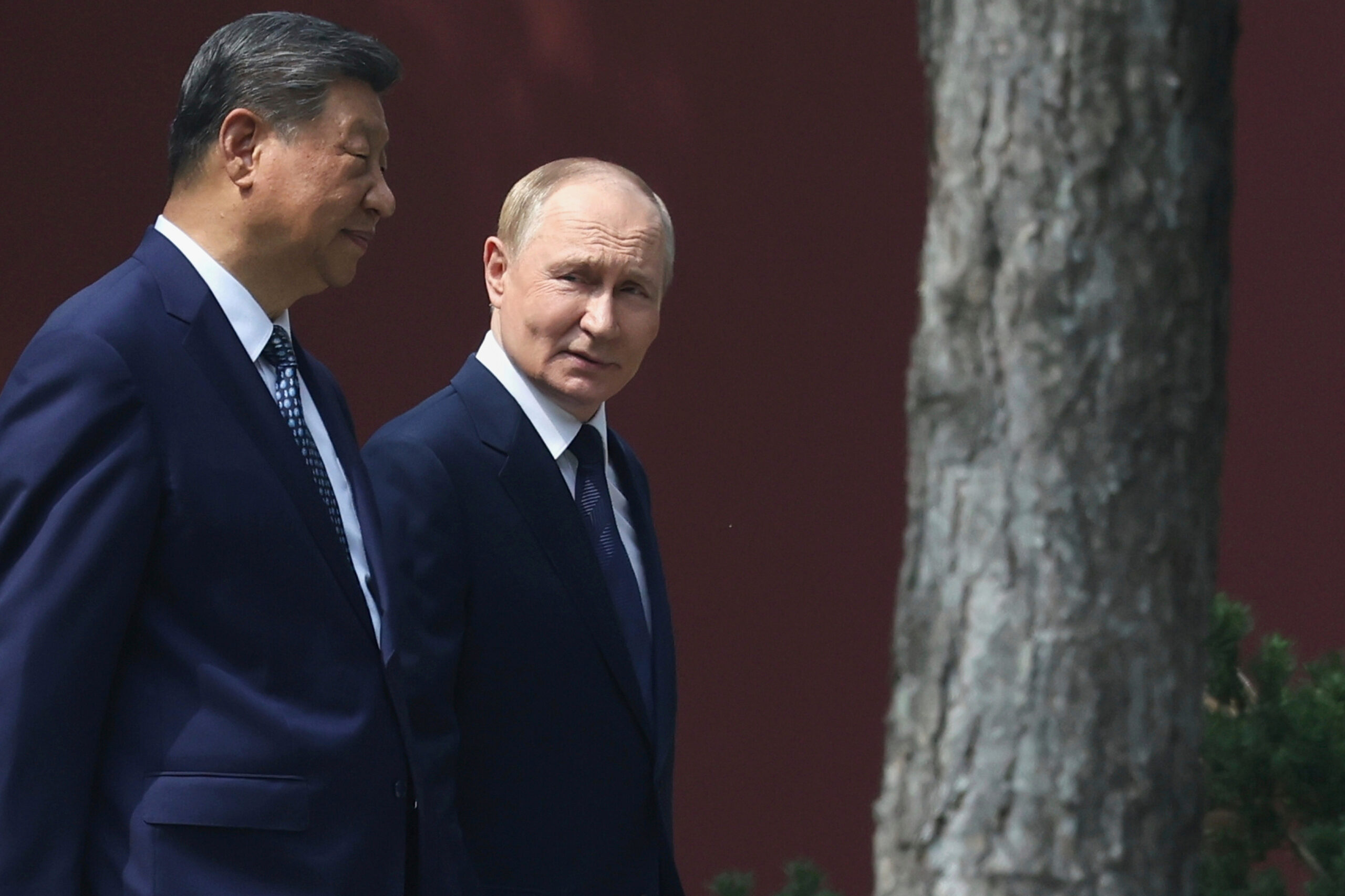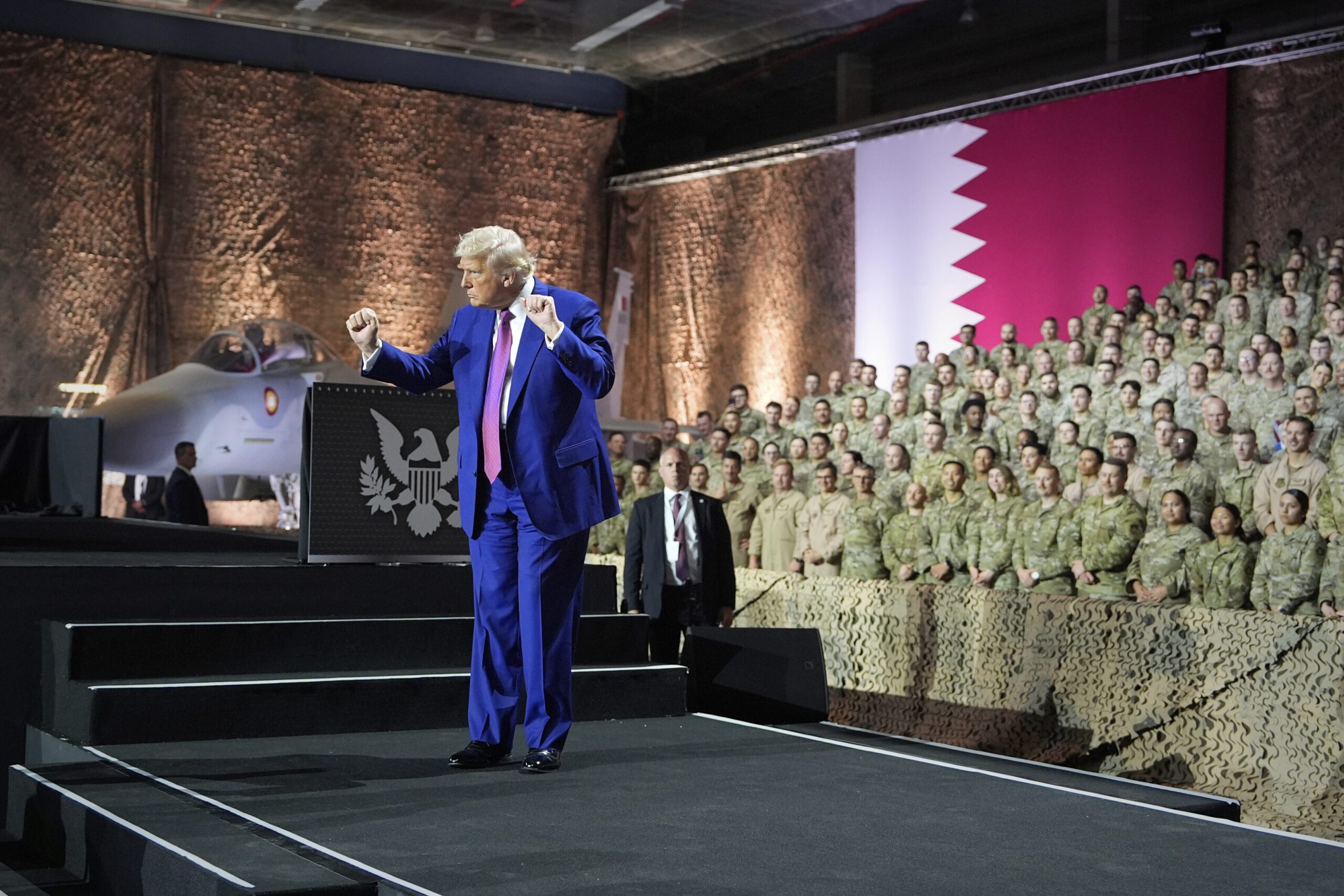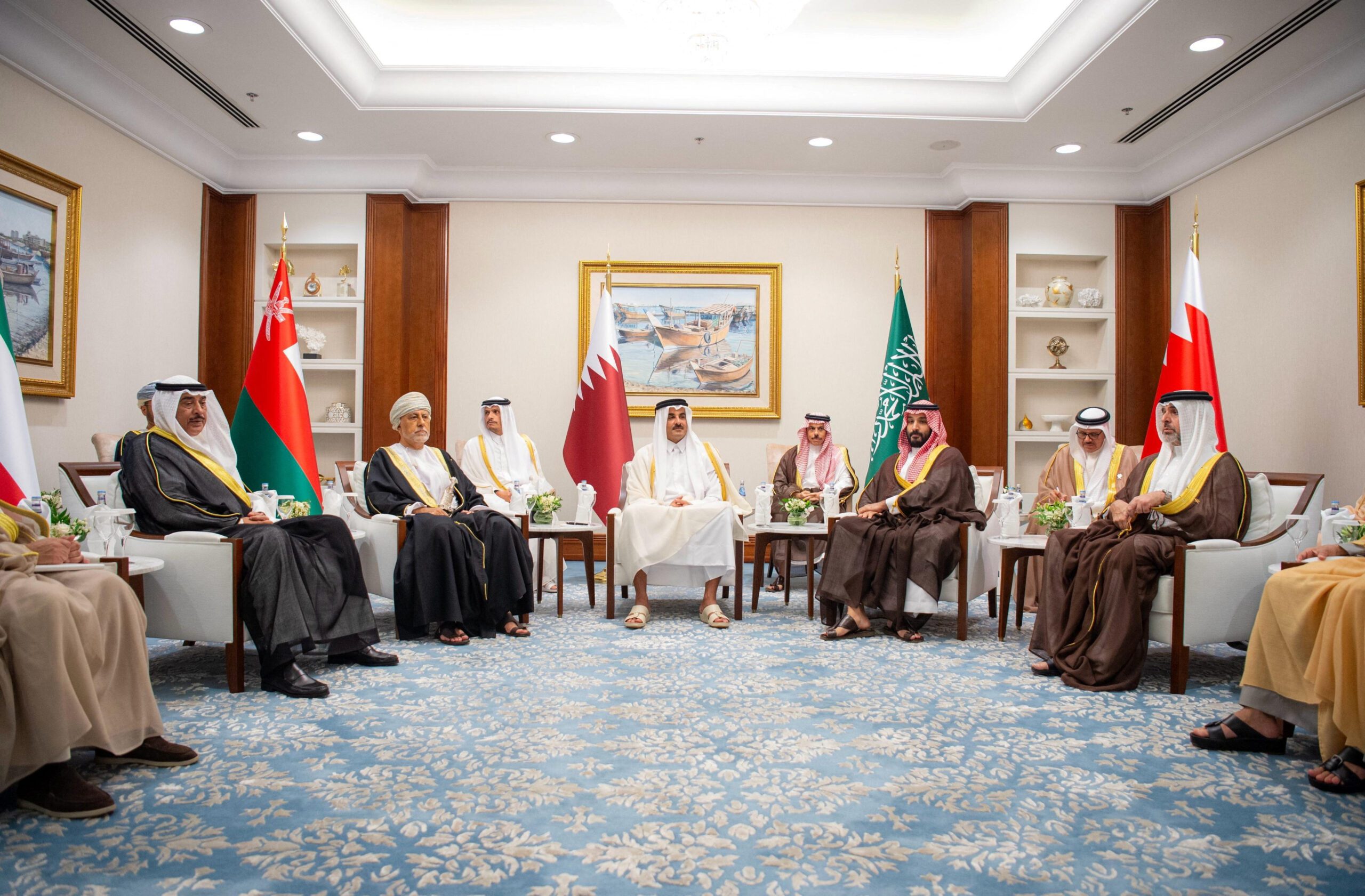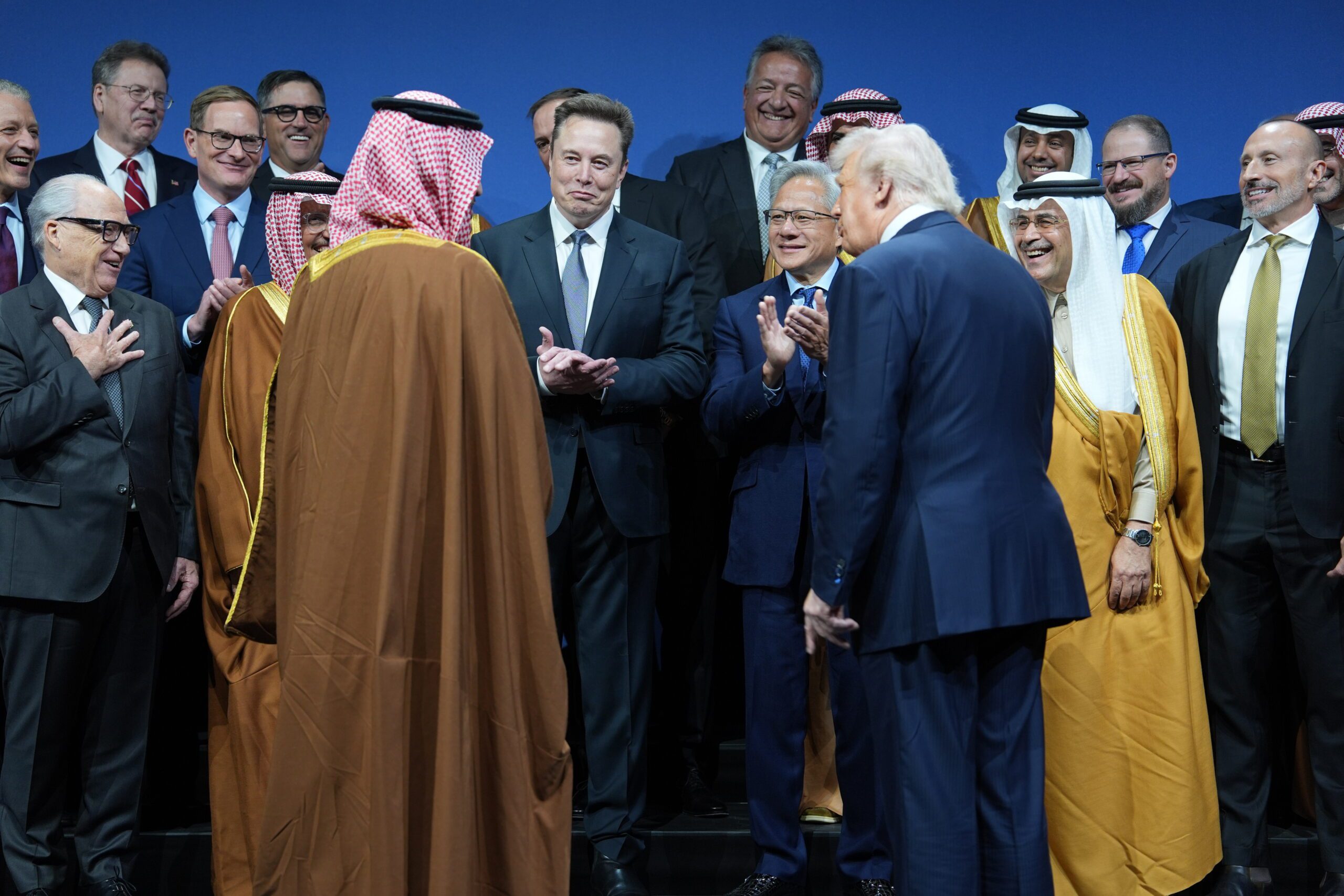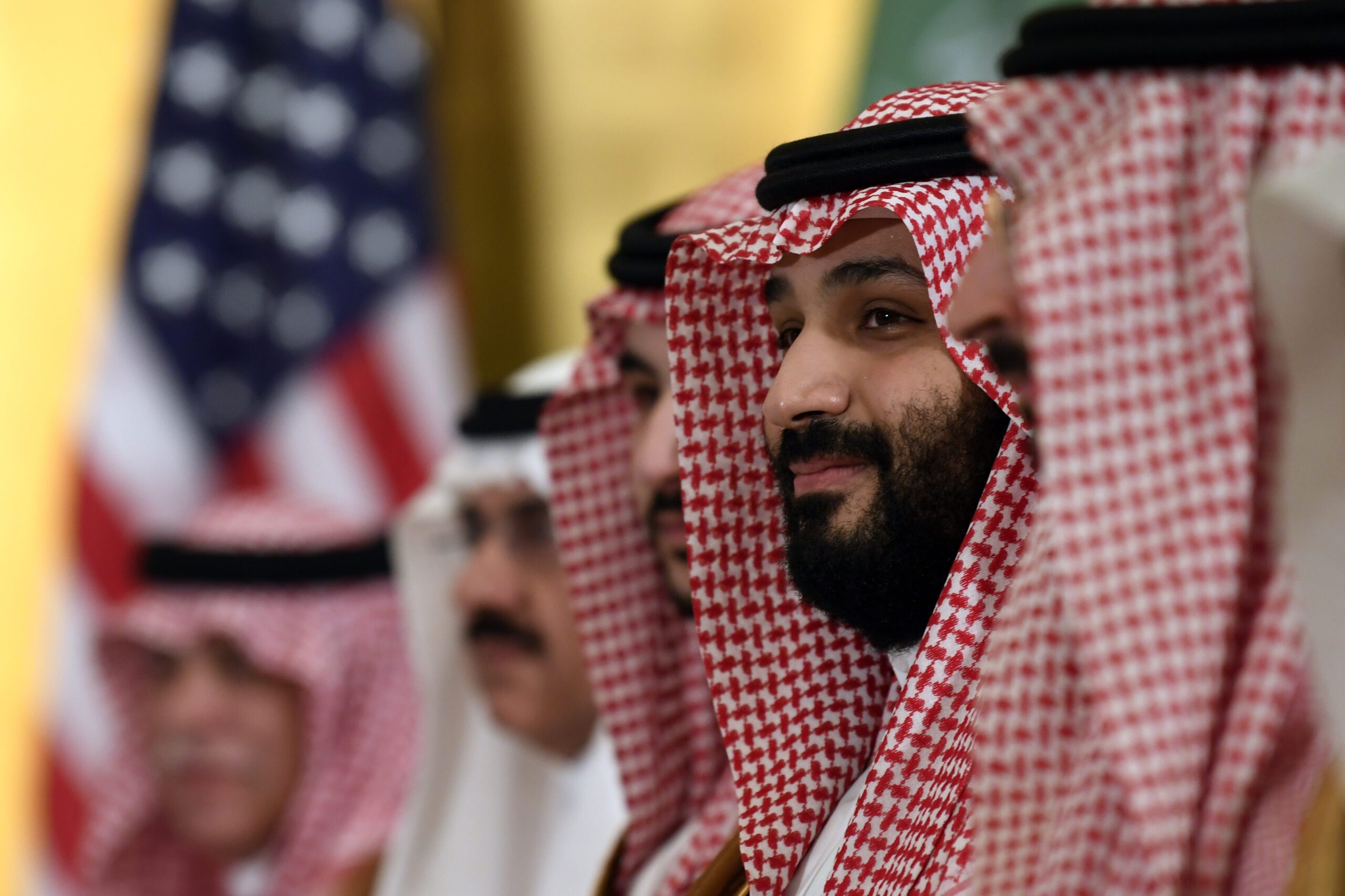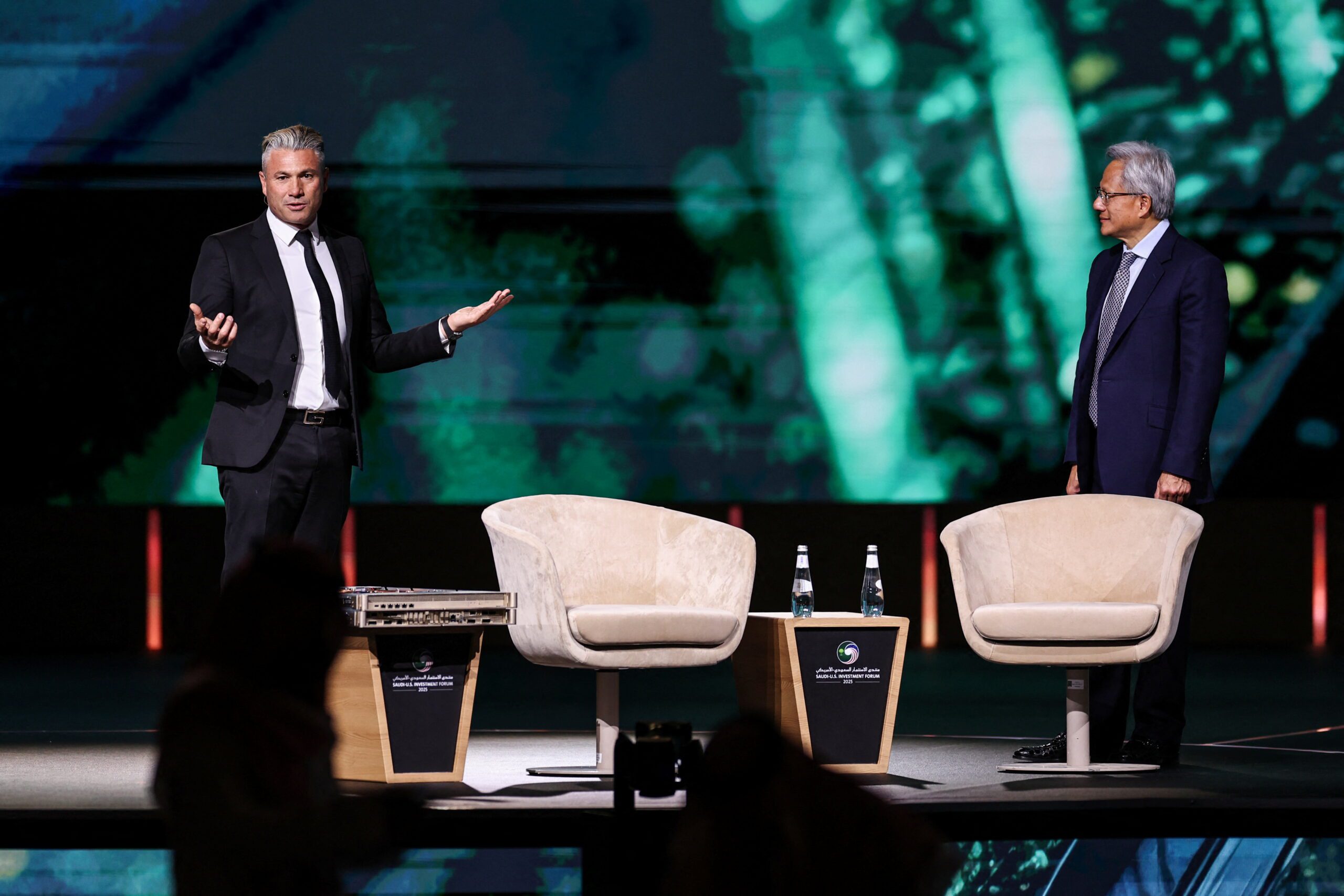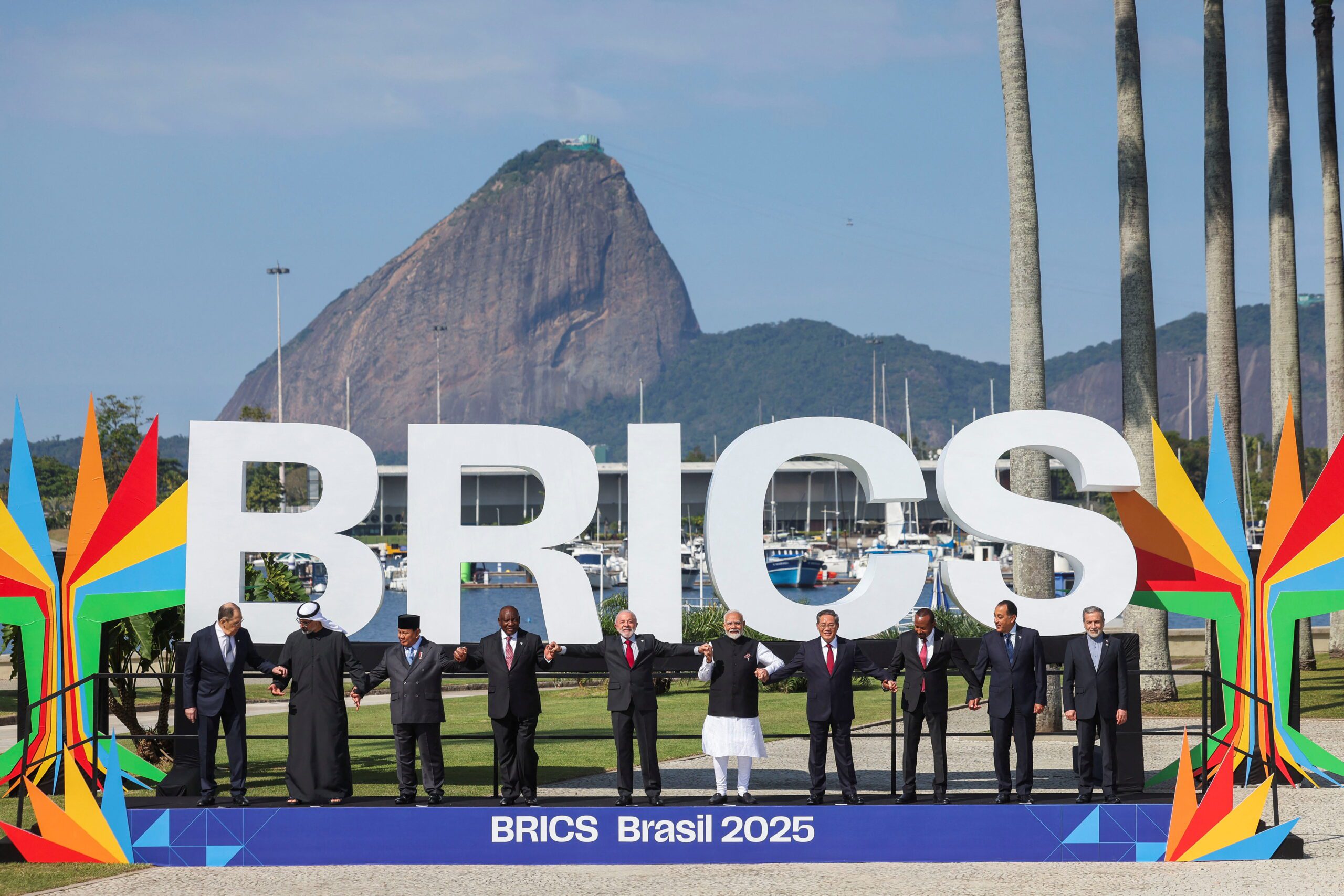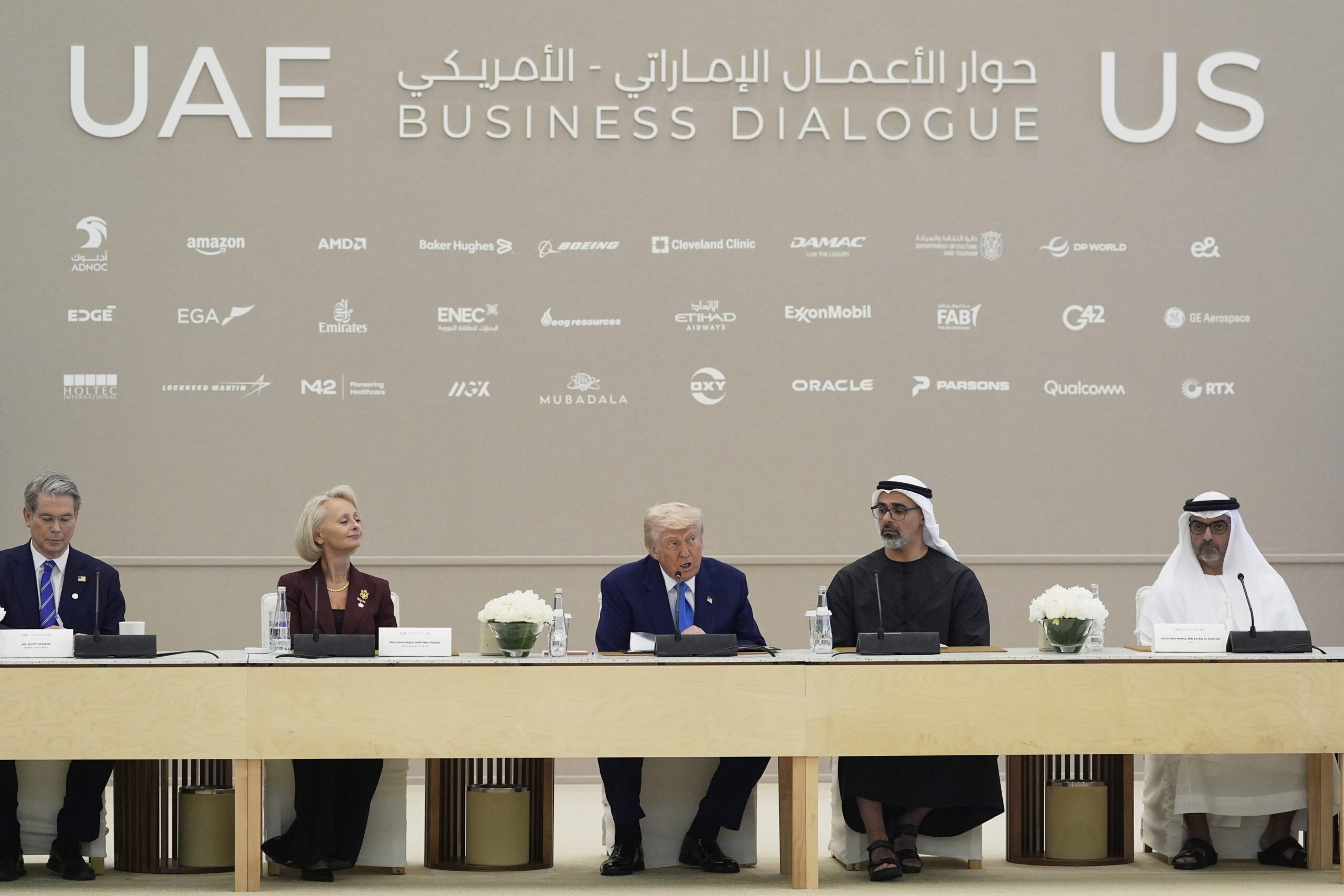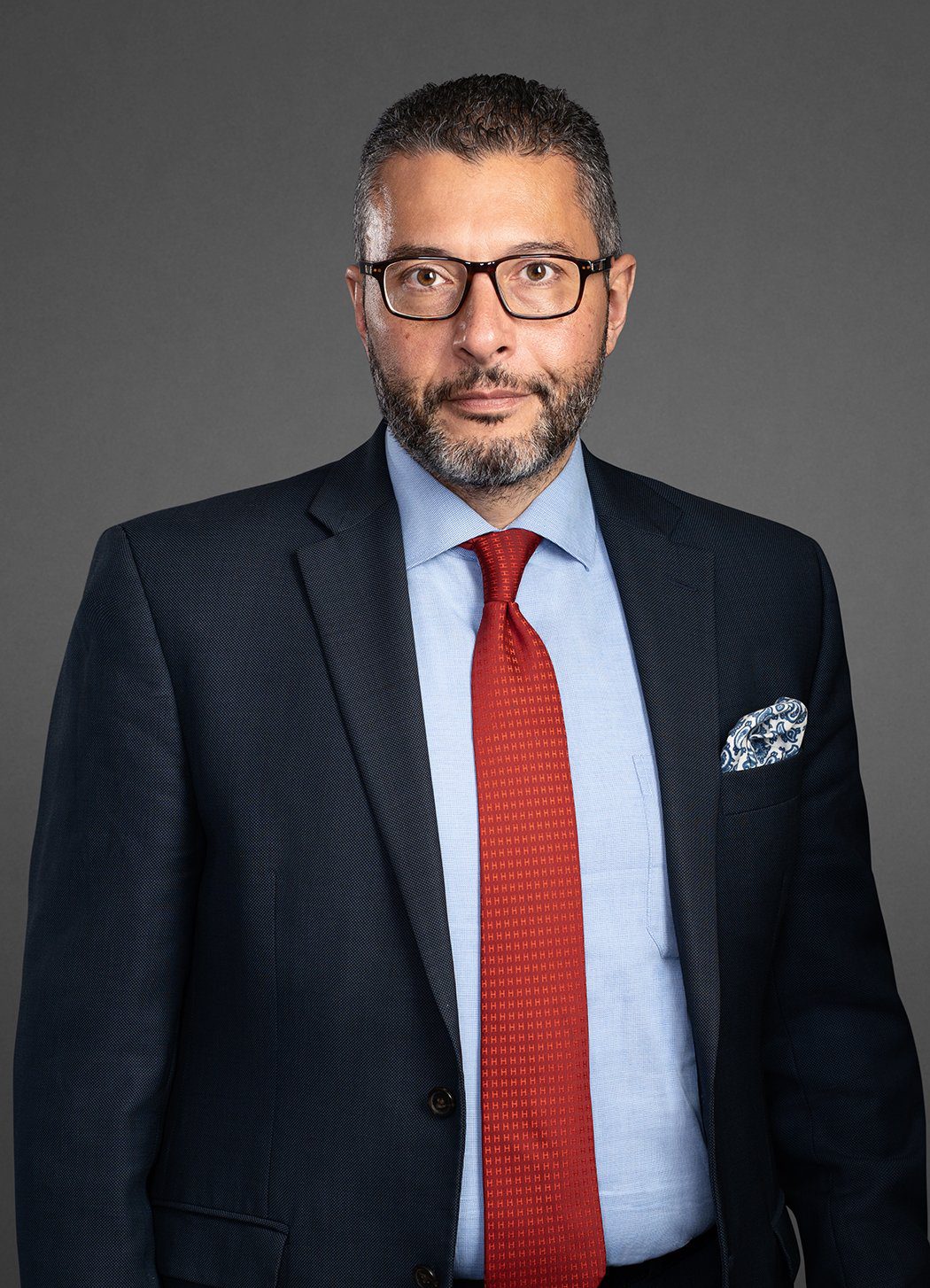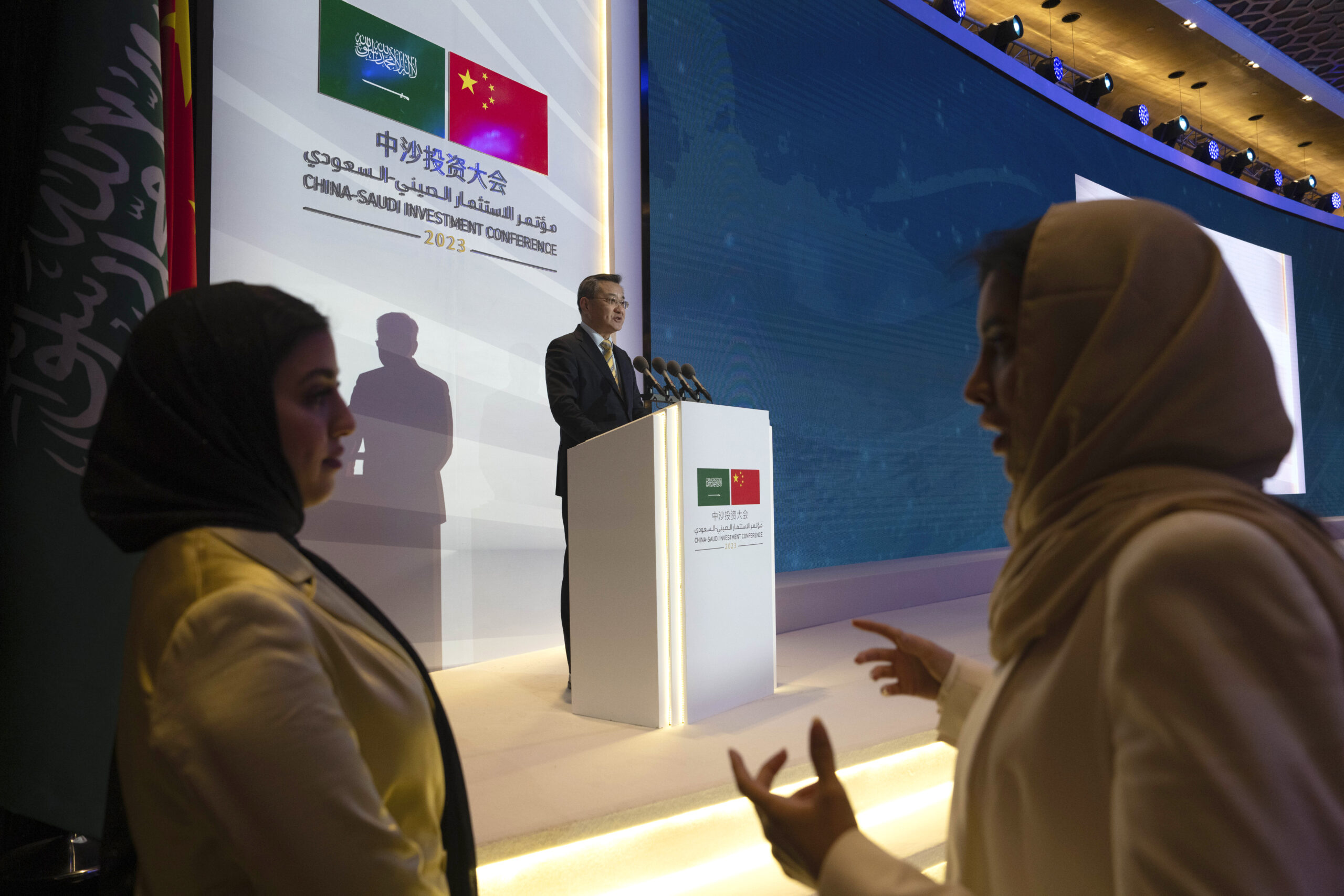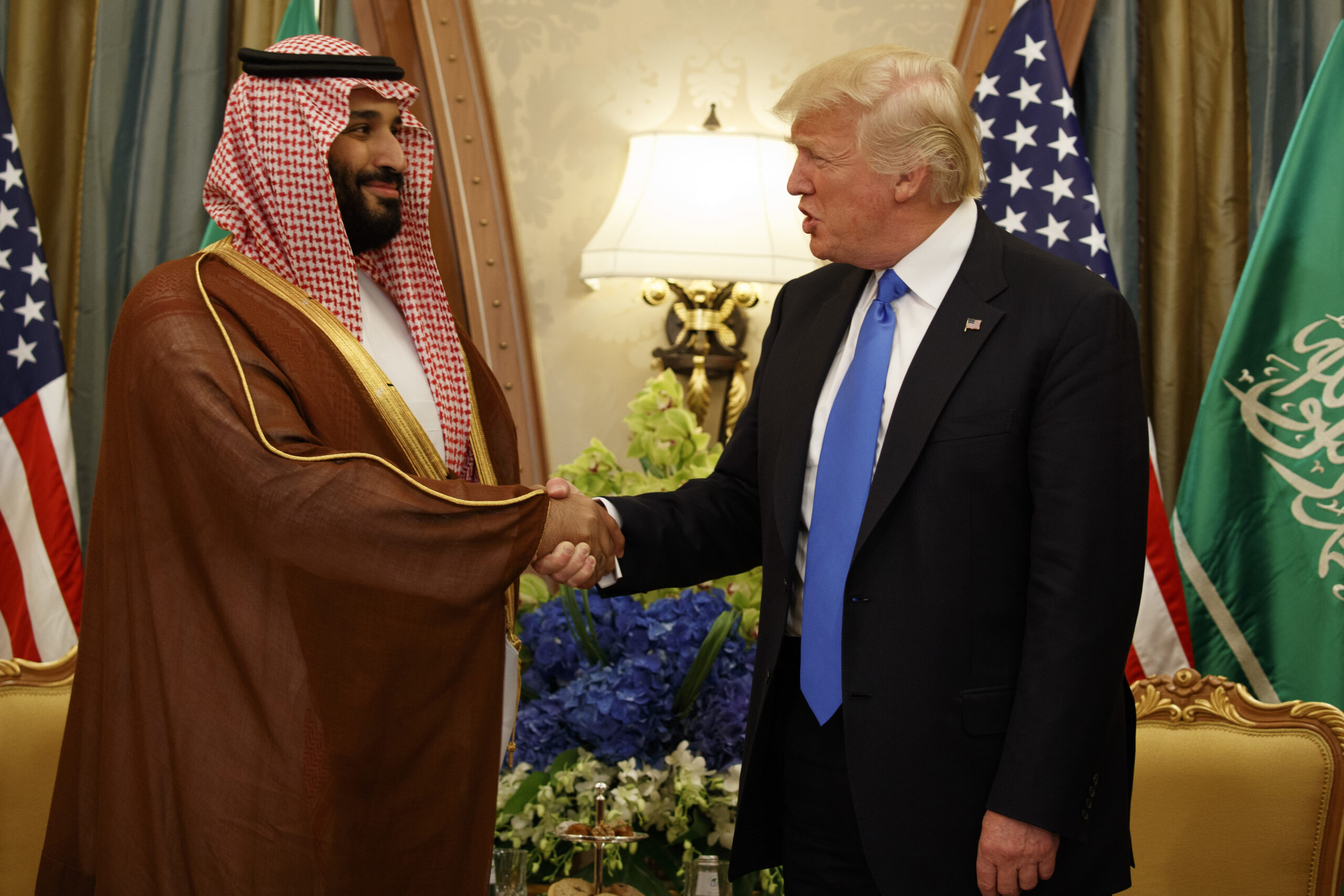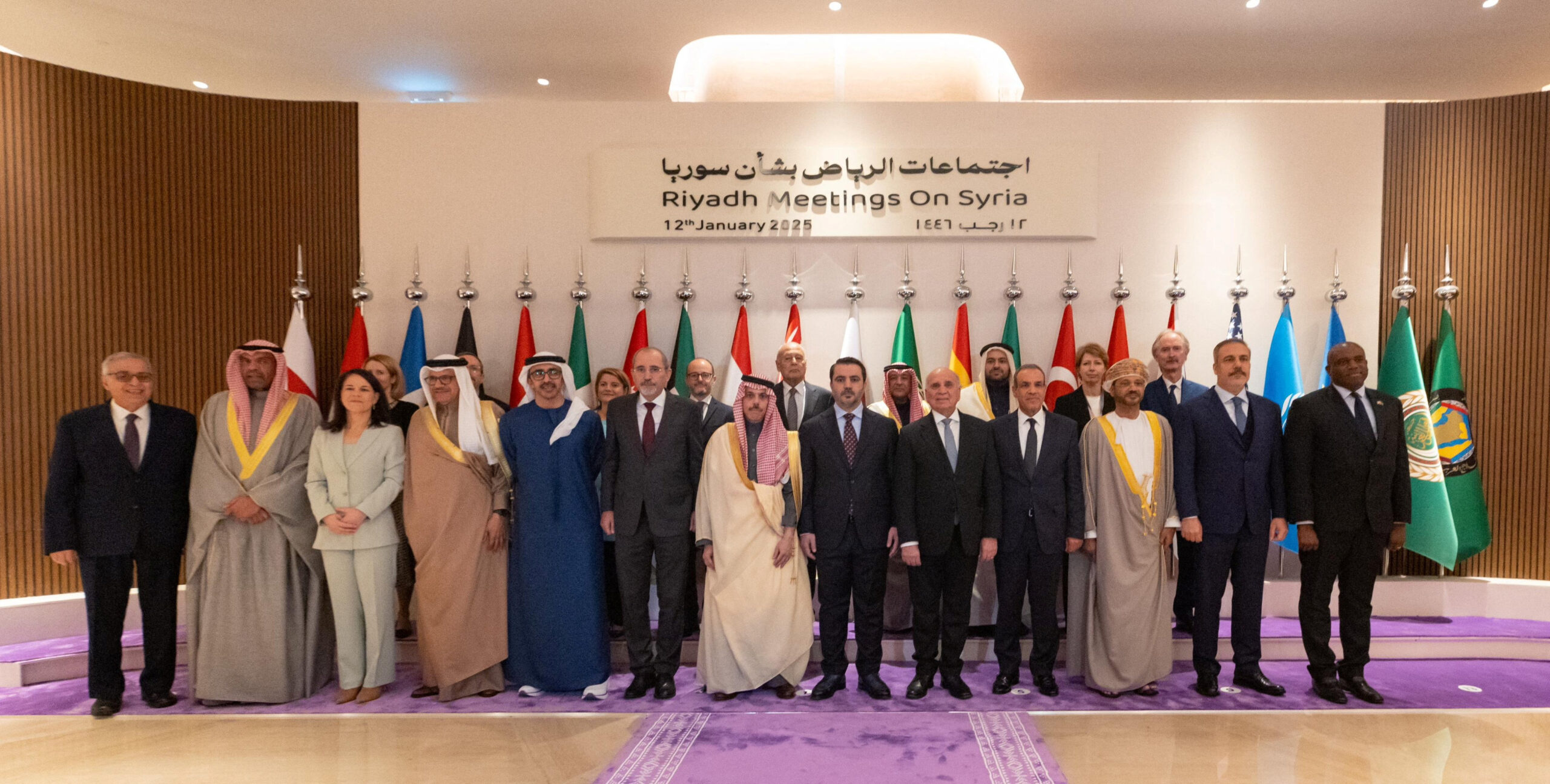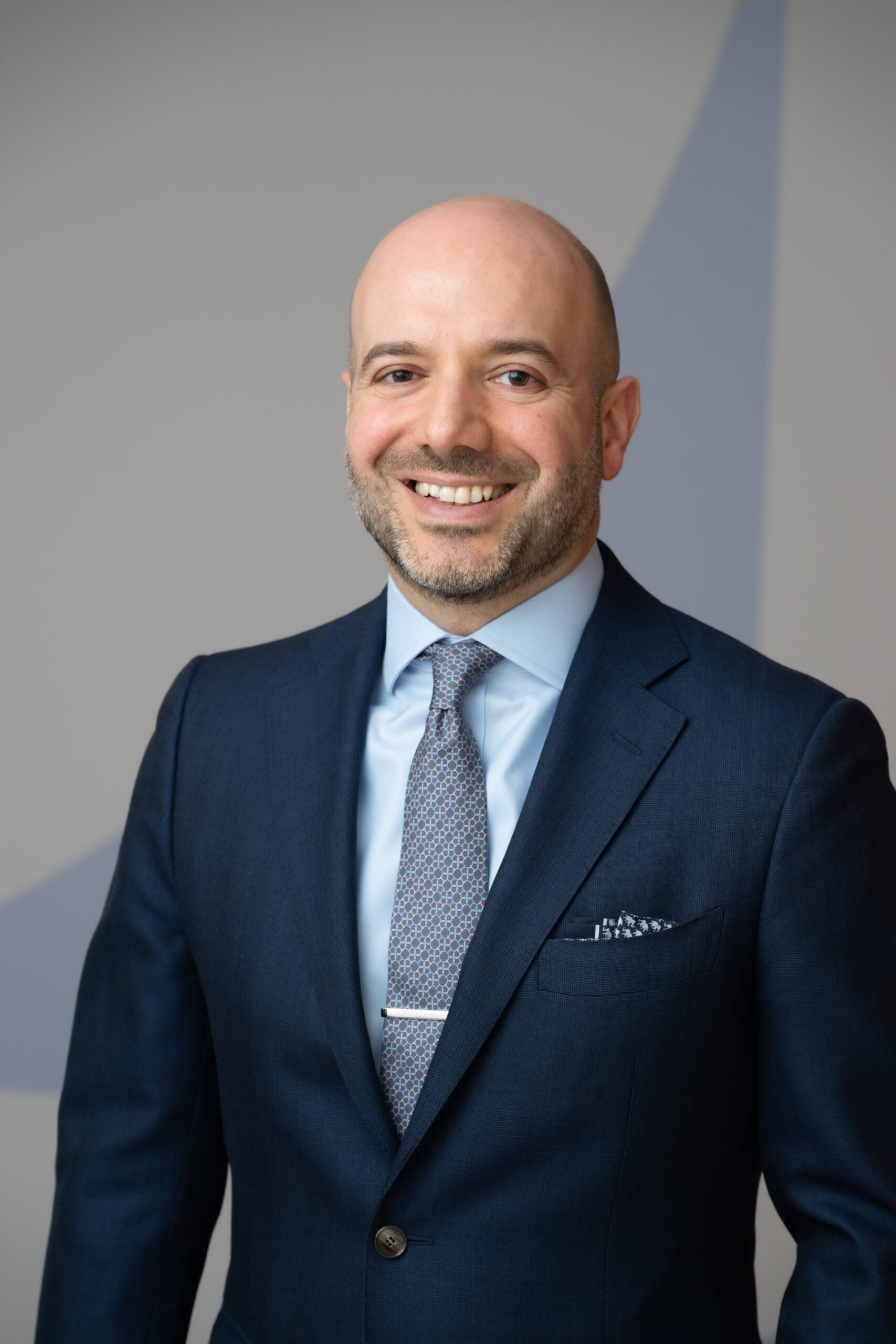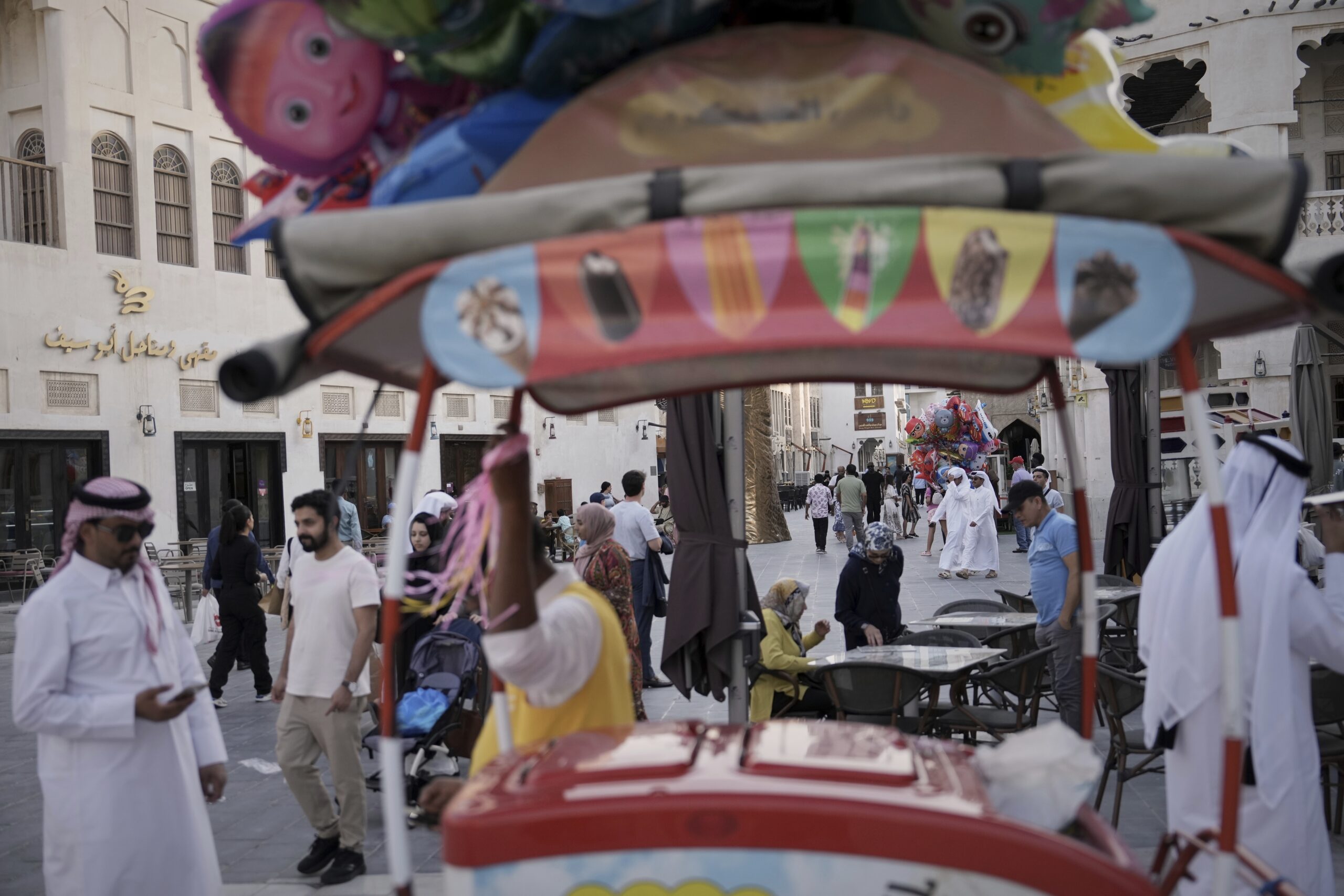
On September 9, Israel targeted senior Hamas political leaders in Doha with missile attacks, killing five Hamas members and a Qatari security official and drawing sharp condemnation from across the region. Earlier, in June, Iran launched missiles at the Al Udeid Air Base in Doha in retaliation for U.S. strikes on Iranian nuclear facilities.
On September 29, President Donald J. Trump issued an executive order describing “any armed attack on the territory, sovereignty, or critical infrastructure of the State of Qatar as a threat to the peace and security of the United States,” resembling a form of damage control in the wake of the Israeli attack. Despite the order, Gulf officials are likely to harbor lingering doubts over the effectiveness of U.S. security guarantees. The Qatari government framed Iran’s June 23 attack as having been intercepted successfully without casualties. This depiction is accurate, but plenty of residents were nevertheless alarmed at the sight of missiles and shrapnel in the country’s airspace.
Israel’s targets in September involved senior members of Hamas, while the more symbolic and choreographed Iranian strikes in June targeted a U.S. air base. The country’s critical infrastructure did not sustain any damage. Indeed, both Iran and Israel have historically maintained working relations (if unofficial, in the case of Israel) with Doha, though the Israeli attacks have strained Israeli-Qatari ties.
Robust Economic Buffers
This context helps to explain why the immediate economic impacts from these attacks were limited. In the case of the recent Israeli attack, the Qatar Stock Exchange Index shrugged off the news, with help from a rally in stocks around the U.S. Federal Reserve’s largely expected move to cut U.S. interest rates. Expatriates did not flee the country (persistent concerns over the possibility of an expat exodus reflect the region’s political economy and Qatar’s distinctive demographics), and business quickly returned to normal in the aftermath of the attack. Tourism, which has been on an upswing since the 2022 FIFA World Cup, is unlikely to face any permanent disruption. Nonetheless, Gulf analysts have suggested that repeated attacks could force investors, multinationals, and tourists to reevaluate risks.
The country’s strong economic fundamentals provide a useful buffer against geopolitical shocks. The Qatari government enjoyed substantial – though narrowing – budget surpluses from 2022-24. While Qatar announced small fiscal deficits in the first two quarters of 2025, the country appears slated for a healthy fiscal performance this year, with the country expected to post a surplus equating to 1.7% of gross domestic product. The budget surplus could triple in 2026, according to estimates from Oxford Economics and the Institute of Chartered Accountants in England and Wales.
Surpluses are good news for the Qatar Investment Authority, the country’s $524 billion sovereign wealth fund, as it increases the likelihood of transfers from the government to the fund. There does not appear to be a hard rule regulating these transfers: Increasing the central bank’s foreign currency reserves and reducing government debt are other uses for surplus cash. Yet climbing reserves and declining levels of government debt, which the International Monetary Fund views as a “low overall risk of sovereign stress,” suggest more room for transfers to the Qatar Investment Authority.
Income from the Qatar Investment Authority’s external assets also helps improve Qatar’s fiscal position, as some observers, such as Fitch Ratings, demonstrate using forecasts with and without this investment income. Thus, good economic times can lead to a virtuous cycle between the central government finances and sovereign wealth fund activities.
With inflation estimates for Qatar ranging between 0.4% and 1.2% for 2025, the country enjoyed among the lowest inflation rates of Gulf Cooperation Council members. An expected uptick in inflation levels over 2026 will nevertheless remain manageable. The small proportion of Qataris within the total population reduces distributive pressures on the Qatari government and makes it easier to address the economic needs of both citizens and foreign residents.
Managing Political and Economic Risks
Qatar is no stranger to regional risks and pressure from neighbors. The Gulf crisis that began in 2017 led to an economic and diplomatic boycott of Qatar. The tensions disrupted supply chains and raised the political risk premiums for international investors and multinationals keen to balance engagement with Qatar against access to larger Gulf markets and lucrative government contracts.
But that episode, which formally ended with the 2021 Al-Ula reconciliation agreement, seems far in the GCC region’s rearview mirror. Senior Gulf officials promptly visited Doha and issued strong statements of support for their fellow GCC state after the Israeli attack.
Perceptions of economic vulnerability have been more likely to manifest on the domestic and structural levels. For example, a sense of economic sluggishness has prevailed since the 2022 FIFA World Cup. The event required a decade-long investment program estimated around $200 billion to $300 billion, which helped support economic growth in the period leading up to the World Cup. Finding new growth drivers – especially outside of the energy sector – will be tricky. Real GDP growth declined from 4.2% in 2022 to 1.4% in 2023, according to the IMF, before starting to normalize around 2.4% in 2024 and 2025.
At the same time, Qatar’s government revenue and exports remain heavily dependent upon the oil and gas sector. Oil and gas revenue has accounted for approximately 80% of total projected government revenue in the country’s budgets over the past few years. Unlike some regional counterparts, Qatar has not advanced an economic diversification agenda or broader economic transformation with any great urgency, though Qatari authorities did release the Third National Development Strategy in January 2024. This roadmap toward 2030 aspires to create a more sustainable, private sector-led economic future. Concrete steps toward revenue diversification could include the introduction of new taxes, such as a value-added tax, and expanding existing taxes in line with regional norms.
A (Largely) Parallel Energy Track
For now, Qatari officials continue to see their hydrocarbon resources as a major, investment-worthy asset. Qatar plans to boost its 77 million metric tons per year of liquefied natural gas capacity to 142 million metric tons by the end of 2030 as part of a three-stage expansion project. When accounting for QatarEnergy’s stake in the roughly 18 million metric ton per year U.S. Golden Pass LNG project, Qatar’s total production capacity will be even greater.
Qatar’s doubling down on expanding its LNG production capacity is expected to accelerate economic growth beginning in 2026. The IMF forecasts economic growth of 5.6% in 2025 and 7.9% in 2027, while the World Bank expects average growth of 6.5% in 2026-27.
Beyond boosting economic growth figures, Qatar could account for between 25% and 40% of new global LNG supplies by 2030. Yet there is a great deal of contracting work ahead. According to MEES, around 61% of Qatar’s new capacity looking out to 2030 is uncontracted, with the last long-term supply deal related to the North Field Expansion having materialized in June 2024. Other studies indicate that 75% of that total capacity is either uncontracted or contracted with a buyer needing to resell it.
Securing new LNG contracts involves managing many variables within LNG markets. China looms large in this equation. With most Qatari LNG exports headed toward Asia, securing more long-term contracts with China is critical. But Chinese buyers are price sensitive, and China is willing to maximize domestic production and pipeline imports to help meet its gas needs. The long-stalled Power of Siberia 2 gas pipeline could give China more options to secure energy in a cost-effective manner, with implications for Qatari LNG export demand.
There are also tensions between Qatar and the European Union, which is simultaneously trying to wean itself off Russian gas, over the EU’s corporate sustainability due diligence directive. Qatar has threatened to cut off LNG exports over the directive and its sustainability regulations.
Meanwhile, the Emiratis and Omanis are expanding their LNG production and export capacity in a bid for new customers. The LNG powerhouse that is the United States creates additional competitive friction with Qatar, despite QatarEnergy and Exxon Mobil co-owning the Golden Pass LNG project, which strengthens links between Qatari and U.S. energy firms.
Qatar’s preference for long-term gas contracts may likewise pose a challenge in the years ahead. According to the executive director of the International Energy Agency, global LNG markets are turning from those privileging sellers to buyers, suggesting downward pressure on prices. Qatar can undercut other exporters on price with competitive rates and enjoys a reputation as a stable supplier. Despite that leverage, Qatar is still vulnerable to trends in LNG markets favoring buyers.
It is not yet clear what strategy Qatar will adopt to navigate the complexity and uncertainty of its position within LNG markets. A study by the Center on Global Energy Policy foresees three options: actively managing markets with restricted exports, incentivizing demand with lower prices and contract flexibility, or aggressively pursuing market share by selling uncontracted volumes on the spot market and other measures.
Intersecting International Interests
The subsequent impact of this maneuvering on Doha’s government finances and the broader Qatari economy will matter to an array of regional and global actors. Qatari government-related entities and private-sector firms have emerged as leading investors in Syria. The Syrian president, Ahmed al-Sharaa, is keen to attract international investments to help rebuild the country. Qatari officials are also discussing with Egyptian counterparts the prospect of activating a $7.5 billion “partnership package” of investments in Egypt, which is navigating out of an economic downturn and seeking fresh investments from the Gulf.
The Trump administration is keen to court more investments from Gulf countries, including Qatar. In May, Qatar signaled its intent to generate $1.2 trillion in economic exchange with the United States over the coming years – a commitment that will require a strong fiscal position on Qatar’s part. The economic interests of the United States and Qatar (like those related to LNG) may not be perfectly aligned, but they are certainly interrelated.
The views represented herein are the author's or speaker's own and do not necessarily reflect the views of AGSI, its staff, or its board of directors.


